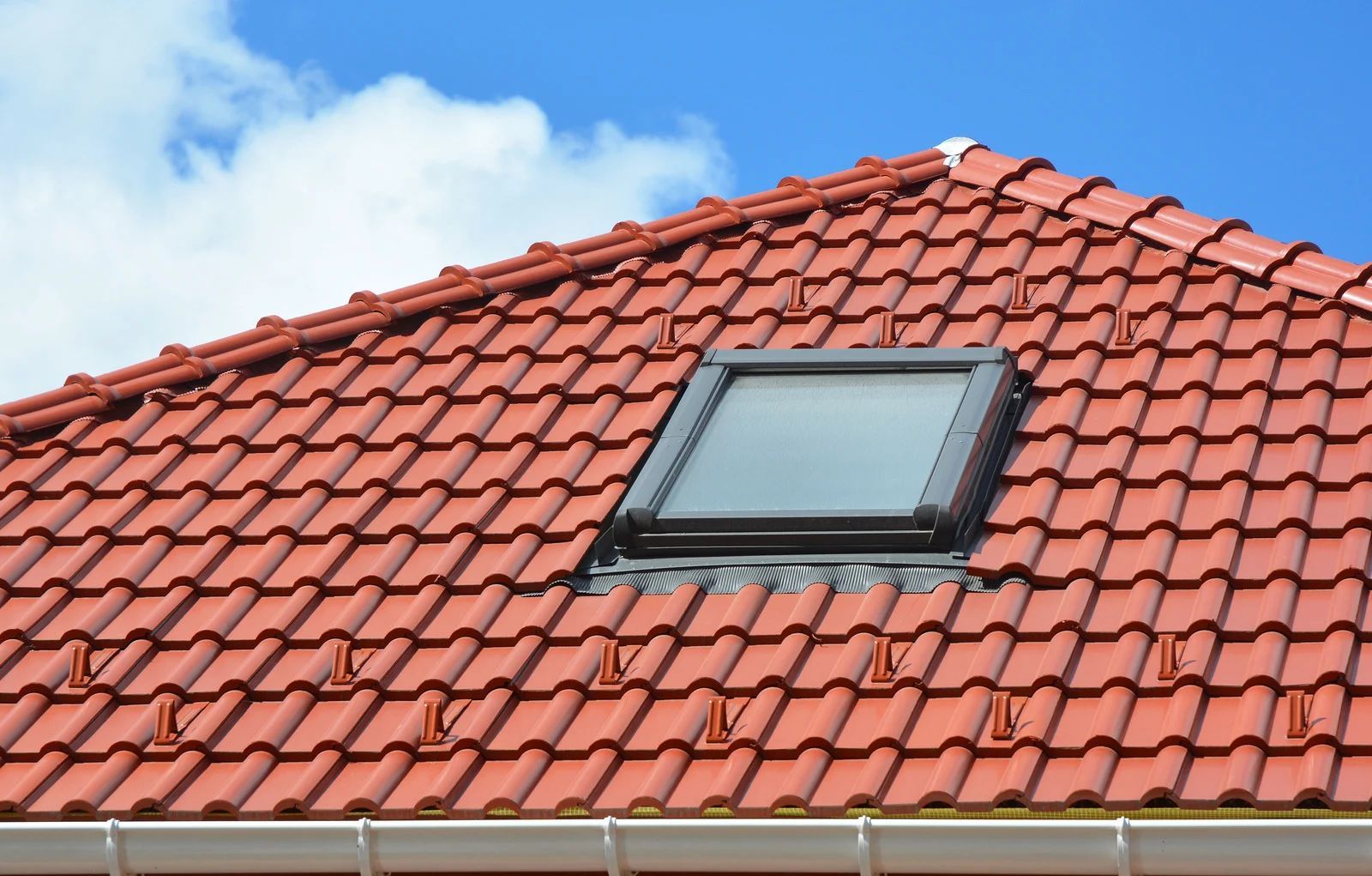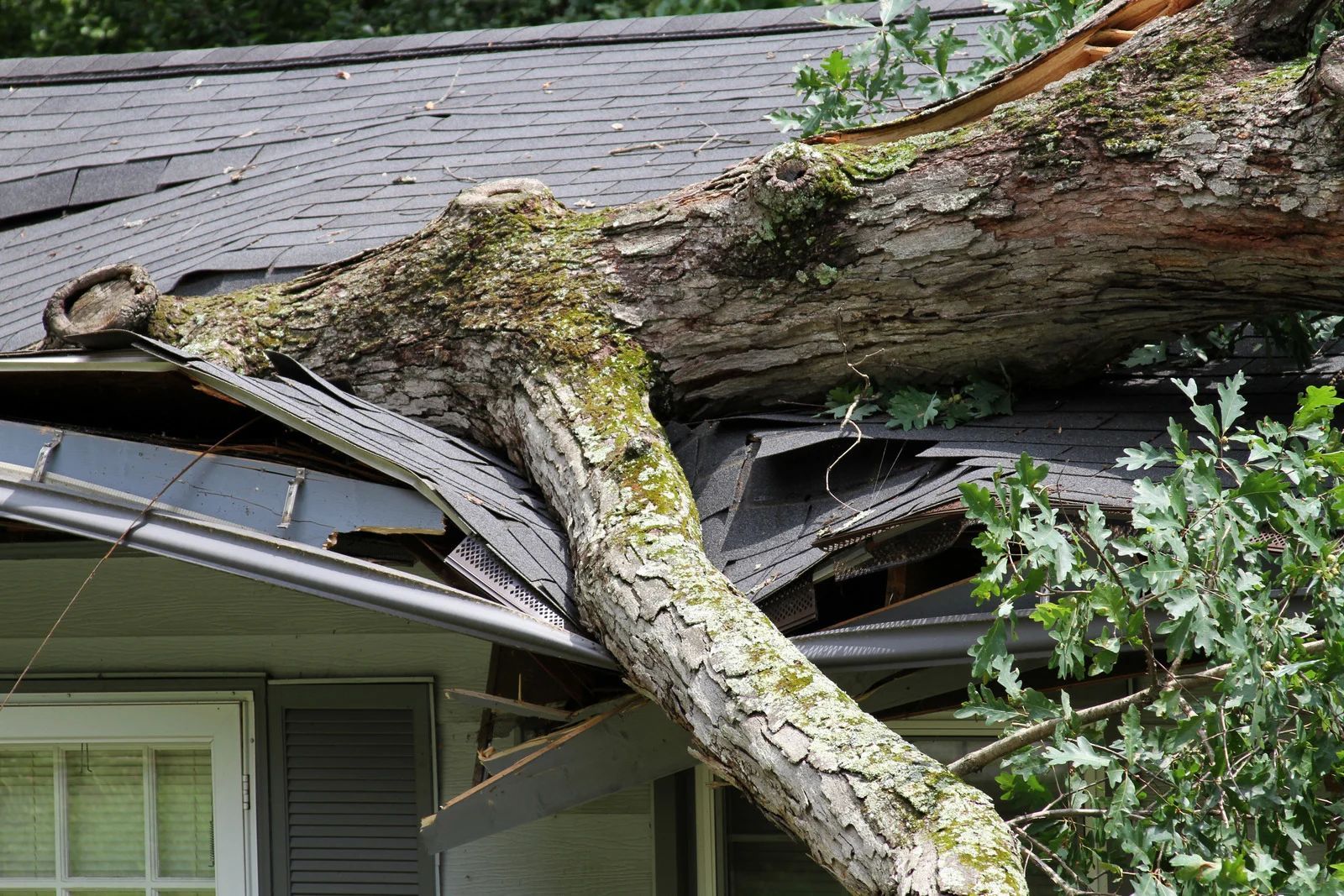How to Choose the Right Siding for Your Home’s Style and Climate
Choosing the right siding for your home is a critical decision that affects its appearance, durability, and energy efficiency. Whether you’re building a new house or renovating an existing one, siding plays a significant role in both enhancing curb appeal and protecting your home from the elements. With various materials available, it’s essential to consider your home’s architectural style and the climate in your area.
1. Match Siding to Your Home’s Style
The first factor to consider when choosing siding is the architectural style of your home. For modern homes, sleek materials like vinyl or fiber cement are ideal. These materials offer clean lines and a smooth finish, perfectly complementing minimalist designs. These siding options provide a contemporary look while being low-maintenance and durable.
For more traditional homes, such as colonial or farmhouse styles, natural materials like wood siding work best. Wood adds warmth and character to your home’s exterior and complements classic designs. Cedar shake siding is perfect for a rustic or cottage-style home, while engineered wood or vinyl with intricate details can enhance Victorian homes.
Ensure the material you choose aligns with your home’s overall design. The right siding will create a cohesive look that boosts your home’s curb appeal.
2. Consider the Climate
The climate in which you live significantly impacts the longevity and performance of your siding. For hot and humid climates, such as those found in coastal regions, materials like vinyl and fiber cement are excellent choices. These materials resist moisture, preventing mold and rot. Vinyl is particularly resistant to fading from UV rays, making it ideal for areas with intense sunlight.
In cold climates, where freezing temperatures are common, insulated vinyl or fiber cement siding is the best option. These materials offer better insulation, keeping your home warm and reducing heating costs. Wood siding, while attractive, can crack or warp in extreme temperatures, making it less ideal for areas with harsh winters.
If you live in a region with heavy rainfall or frequent storms, materials like brick or stone are highly durable and provide excellent protection against the elements. These options are low-maintenance and stand up well to both rain and wind.
3. Durability and Maintenance
Durability and maintenance requirements are important factors to consider when selecting siding. Vinyl and fiber cement are both durable and low-maintenance options. Vinyl is resistant to cracking, peeling, and fading, which makes it a long-lasting choice. Fiber cement, while requiring a little more care, offers excellent protection against fire, rot, and pests.
Wood siding, although beautiful and classic, requires regular maintenance such as staining or painting to prevent damage from moisture and insects. If you prefer the look of wood but want a more durable, low-maintenance option, fiber cement or engineered wood siding can provide the same aesthetic while reducing upkeep.
4. Energy Efficiency
Energy-efficient siding helps maintain a comfortable indoor temperature year-round. Insulated vinyl siding is particularly beneficial for homeowners looking to lower energy costs. It provides an extra layer of insulation, keeping your home cooler in the summer and warmer in the winter.
Fiber cement siding also offers good insulation, making it a strong choice for homeowners interested in energy efficiency. While wood does provide some insulation, it doesn’t compare to the energy-saving properties of vinyl or fiber cement.
Upgrade Your Siding with Experts
Selecting the right siding for your home involves careful consideration of style, climate, durability, and energy efficiency. At About Time Home Improvement, we can help you choose the best siding for your needs. Serving West Haven, CT, with 21 years of experience, we offer professional guidance and expert installation. Contact us today for a free estimate!




